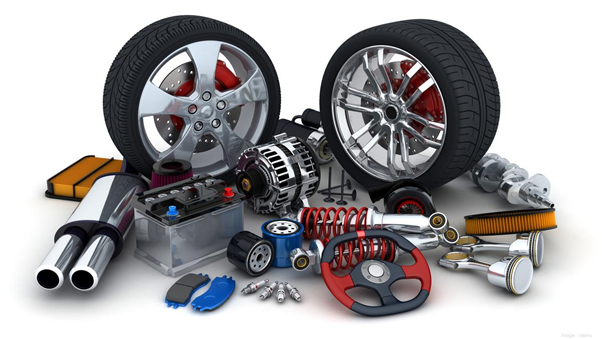The Pros and Cons of Aftermarket Car Parts

When it comes to replacing parts on your car, you have two options: original equipment manufacturer (OEM) parts or aftermarket parts. OEM parts are made by the same manufacturer that produced your car, while aftermarket parts are produced by third-party manufacturers. There are advantages to using both. This blog will specifically discuss the advantages and disadvantages of using aftermarket car parts.
The Pros of Aftermarket Car Parts
Savings
One of the biggest reasons why people choose aftermarket parts is money. They are generally less expensive than OEM parts, which can be a significant factor for car owners who are on a budget. Aftermarket parts are also widely available and can be purchased from a variety of sources, including online retailers, auto parts stores, and independent mechanics.
Added features
Another advantage of aftermarket parts is that they can offer increased performance over OEM parts. For example, mechanics and online forums will tell you that aftermarket air filters or exhaust systems can increase horsepower and improve fuel efficiency. Additionally, many aftermarket manufacturers offer a wider range of options than OEM manufacturers, giving car owners more choices when it comes to customizing their vehicles.
The Cons of Aftermarket Car Parts
Compromised quality
You can never be mistaken when buying parts specifically made for your car. Because aftermarket parts are produced by third-party manufacturers, there can be quality control issues that may not be present with OEM parts. Car owners who modify their cars with aftermarket parts know that some parts may not fit as precisely as OEM parts, which can lead to problems with installation or long-term durability. While there are workarounds, you will not encounter this problem if you opt for OEM parts.
Warranty issues
Warranty terms and conditions in all products and devices clearly indicate that the use of non-original parts will render the warranty void. OEM parts are typically covered by a manufacturer's warranty, which provides some protection in the event that the part fails or is defective. However, many aftermarket parts do not come with a warranty, which can sometimes make the process more expensive in the long run.
Compatibility problems
Finally, aftermarket parts can sometimes cause compatibility issues with other parts on the car. For example, an aftermarket air filter may not work properly with the car's mass airflow sensor, which can cause engine problems. It is important to research and ensure that any aftermarket parts being considered are compatible with the car's make and model.
Final thoughts
You must carefully weigh your options when it comes to aftermarket parts. While cost savings and increased performance can be attractive, it is important to compare these advantages against potential quality, warranty, and compatibility issues. It is also essential to ensure that any aftermarket parts being considered are from reputable manufacturers and are specifically designed for the car's make and model.
In some cases, aftermarket parts may be a good choice for car owners who are looking to customize or upgrade their vehicles. However, for critical parts such as brakes or steering components, it is generally recommended to use OEM parts to ensure optimal safety and reliability.